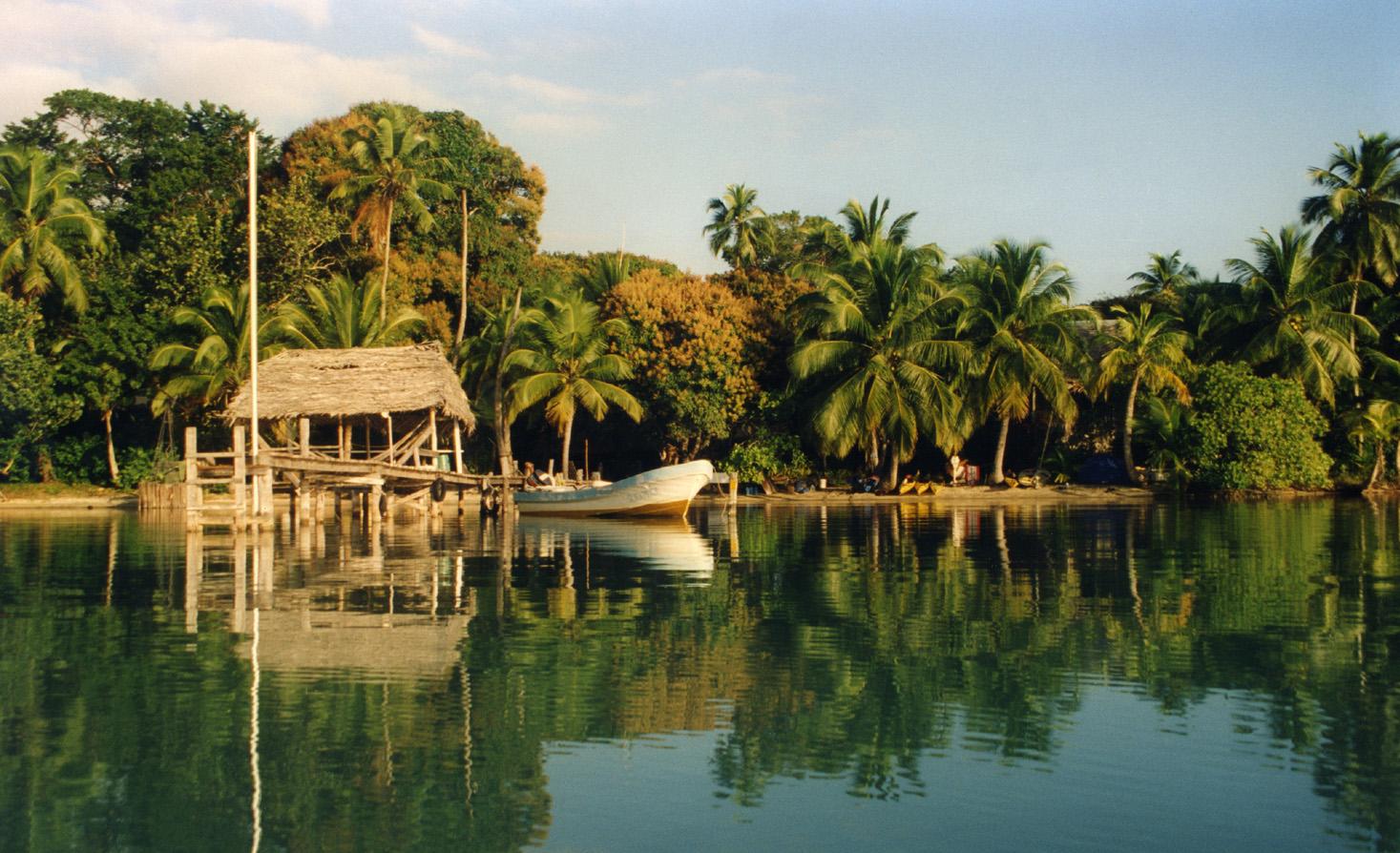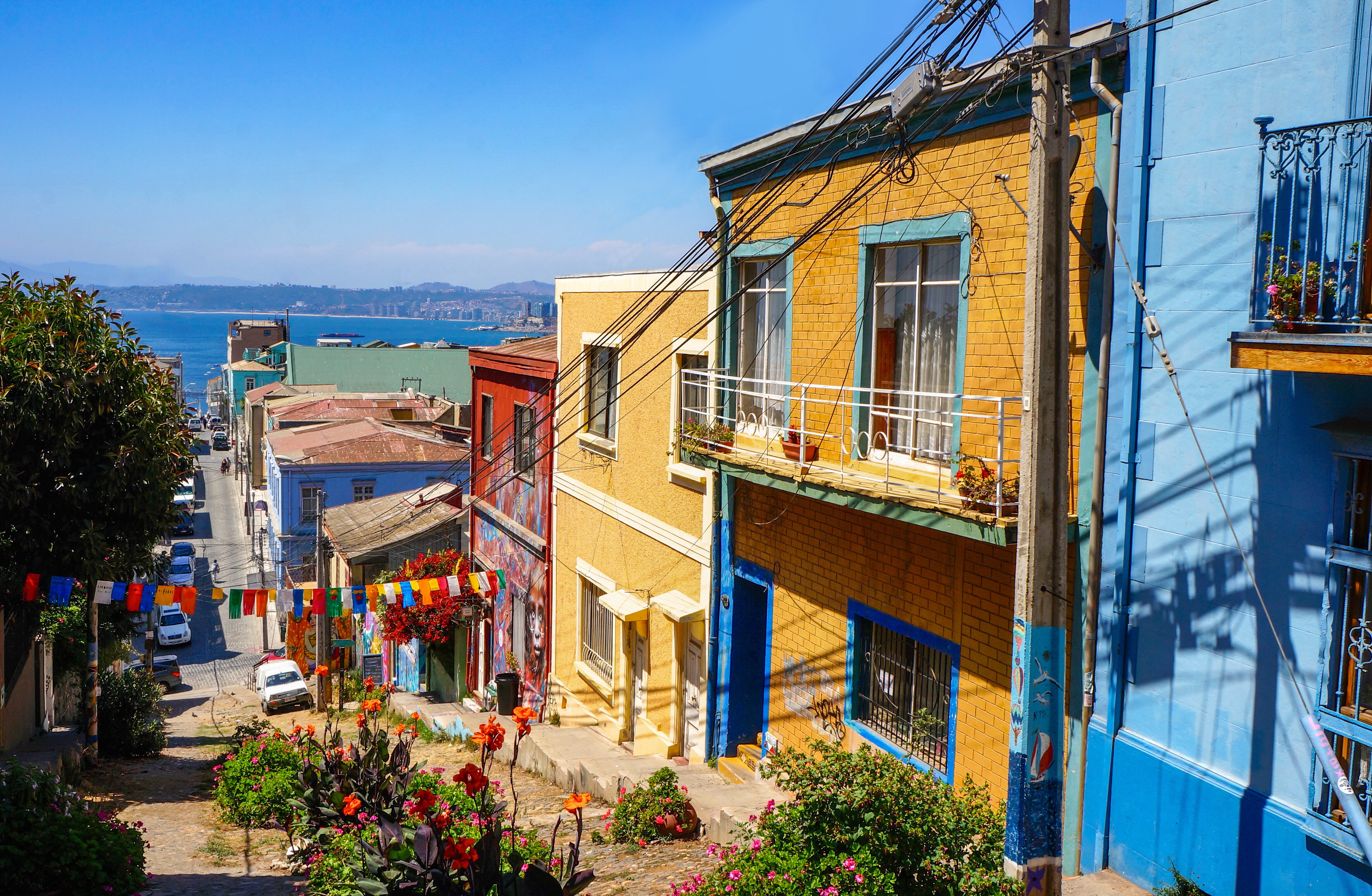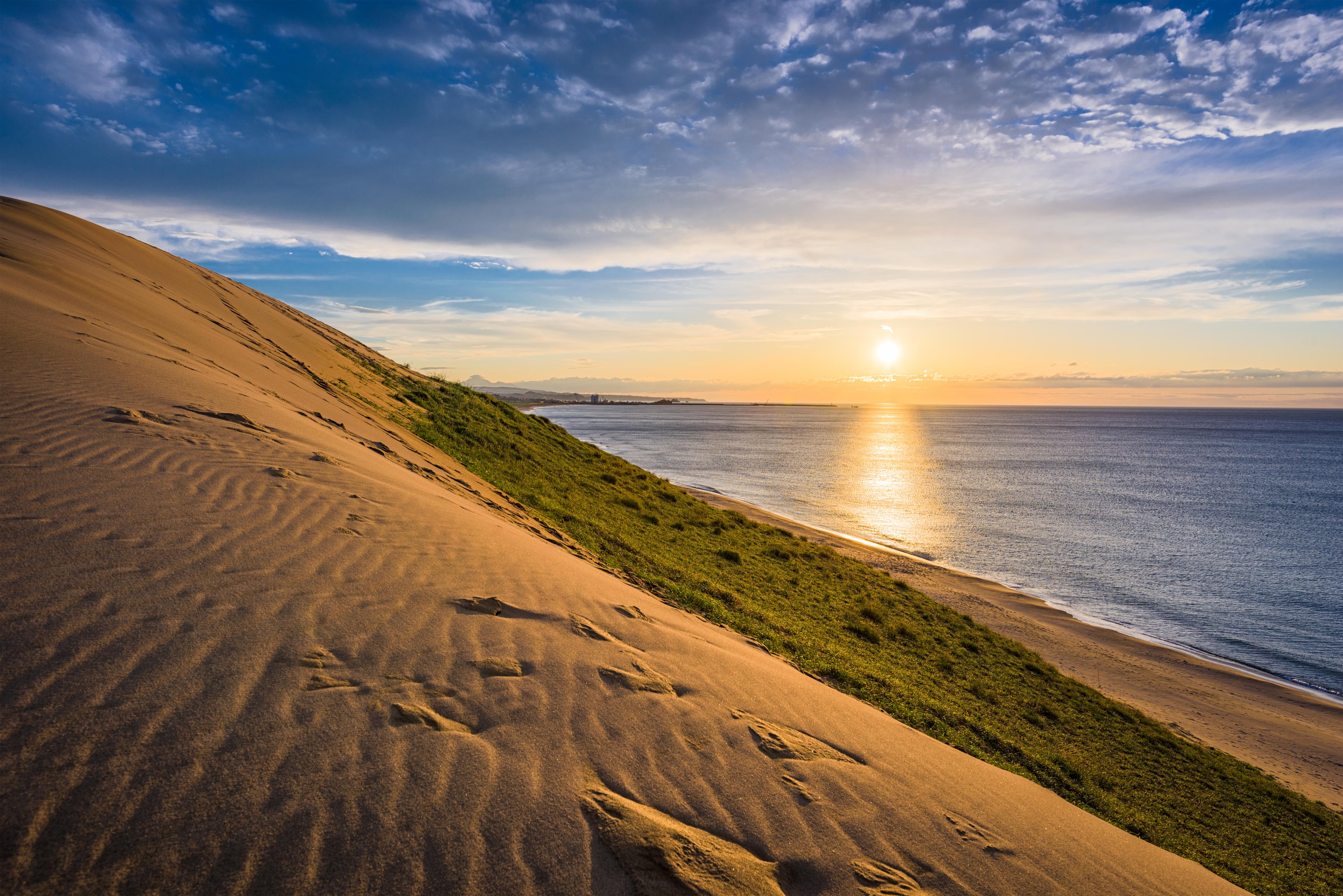11 Lesser-Known Wine Regions Producing Bottles That Rival Napa
Napa Valley, with its rolling hills and sun-kissed vineyards, has long been synonymous with the American wine experience. Yet, as the world of wine evolves, so does the thirst for discovering new and unique wine destinations. Beyond Napa, there lies a world of hidden gems, each crafting exceptional vintages that rival the renowned wines of this Californian paradise. This article embarks on a journey through 11 lesser-known wine regions, offering a taste of their distinct terroirs and innovative winemaking practices. As we delve into these destinations, we’ll uncover the stories, people, and passion behind each bottle, inviting you to sip beyond the familiar and explore the extraordinary.
1. The Allure of Oregon's Willamette Valley
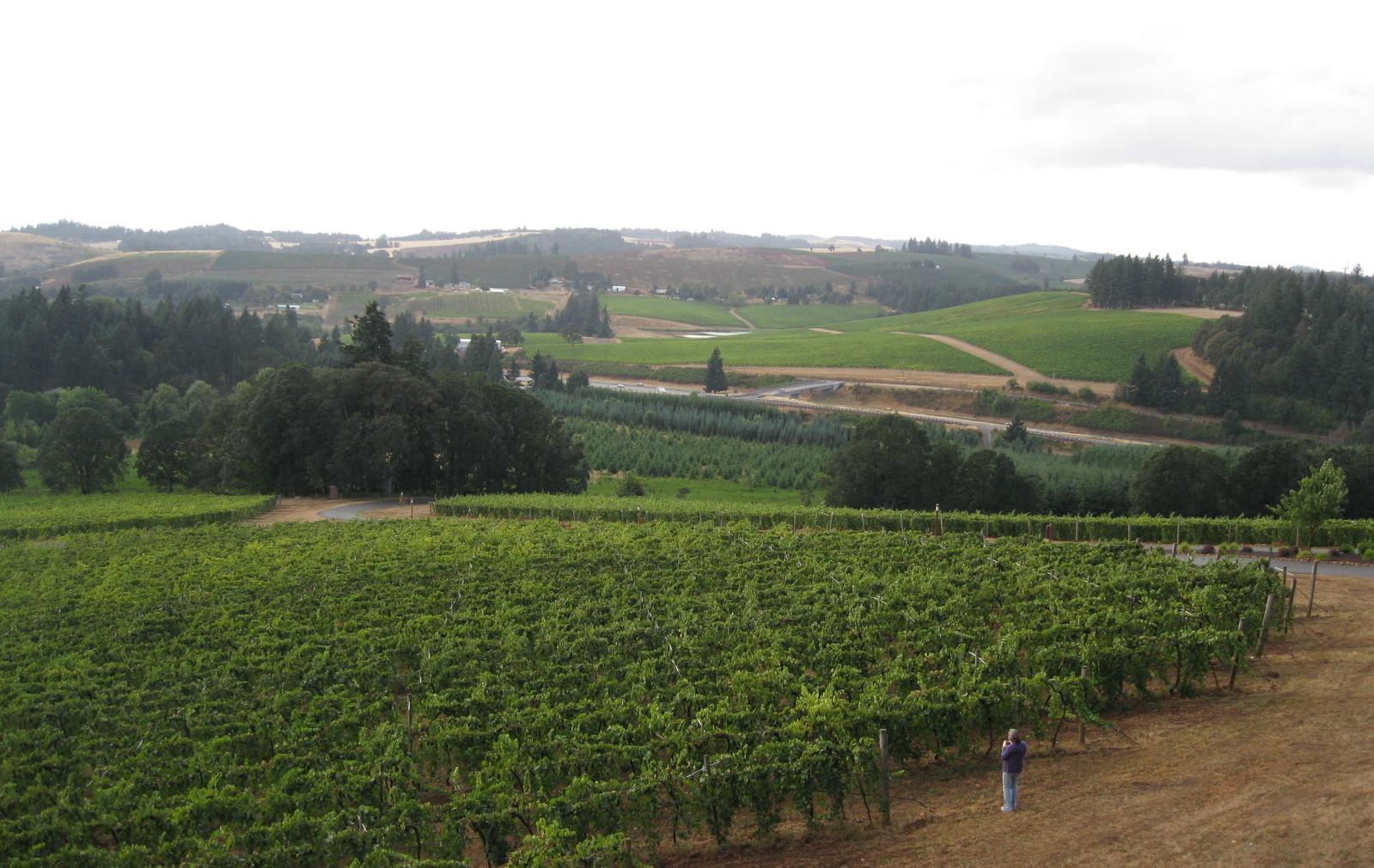
Nestled in the heart of Oregon, the Willamette Valley is a burgeoning wine region that has captured the attention of oenophiles worldwide. Known primarily for its exquisite Pinot Noir, the valley's cool climate and volcanic soil create the perfect environment for this finicky grape. The region's commitment to sustainability and organic farming adds another layer of allure, with many vineyards embracing biodynamic practices. Beyond Pinot Noir, Willamette Valley offers a diverse range of varietals, from Chardonnay to Riesling, each reflecting the unique characteristics of the land. As you explore this picturesque region, you'll find a community of passionate winemakers dedicated to crafting wines that tell a story of place and time.
2. Discovering Virginia's Monticello Wine Trail

Virginia's Monticello Wine Trail, steeped in history and tradition, offers a wine experience unlike any other. This trail, named after Thomas Jefferson's estate, is home to over 30 wineries, each contributing to the state's growing reputation for quality wines. The region's diverse climate and soil types allow for a wide range of grape varietals, including Viognier, Cabernet Franc, and Petit Verdot. As you traverse the trail, you'll encounter winemakers who blend Old World techniques with New World innovation, resulting in wines that are both classic and contemporary. The Monticello Wine Trail is not just a journey through vineyards; it's an exploration of Virginia's rich cultural heritage and its burgeoning wine industry.
3. The Unique Terroir of New York's Finger Lakes

The Finger Lakes region of New York is a hidden gem that offers a unique wine experience shaped by its distinctive terroir. The deep glacial lakes that define the region create a microclimate ideal for growing cool-climate grape varietals, particularly Riesling. This varietal has become the region's signature, known for its vibrant acidity and expressive fruit flavors. In addition to Riesling, the Finger Lakes are home to an array of wines, including Gewürztraminer, Cabernet Franc, and even sparkling wines. The region's commitment to sustainability and innovation is evident in the diverse styles and techniques employed by its winemakers, making the Finger Lakes a must-visit destination for wine enthusiasts seeking something off the beaten path.
4. Texas Hill Country: A Rising Star
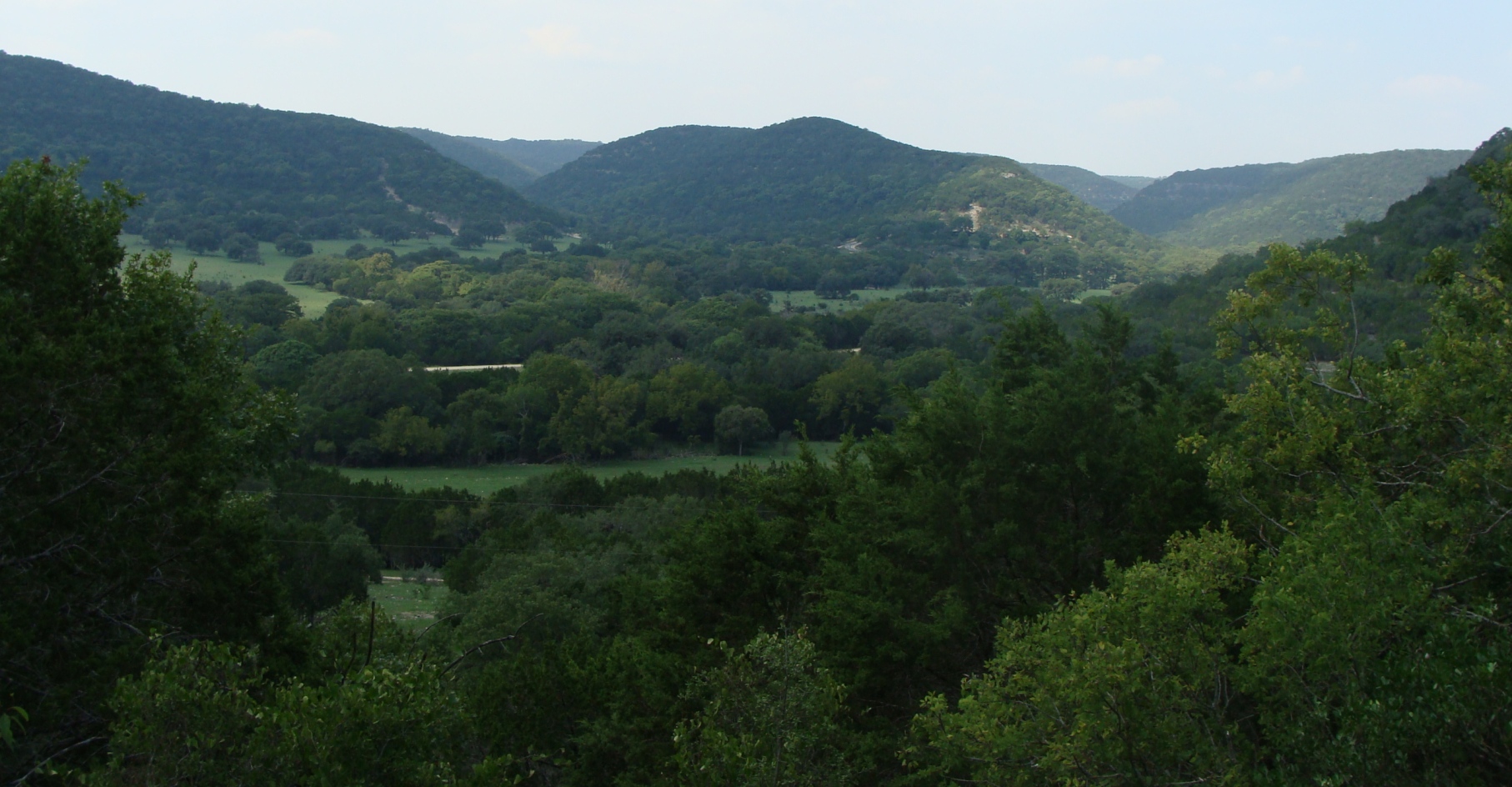
Texas Hill Country, with its rugged terrain and vast landscapes, is quickly emerging as a formidable player in the American wine scene. The region's warm climate and limestone-rich soils provide an ideal environment for Mediterranean varietals such as Tempranillo, Sangiovese, and Mourvèdre. As the second-largest AVA in the United States, Texas Hill Country boasts over 50 wineries, each with its own distinct personality and approach to winemaking. The region's winemakers are known for their bold experimentation, often blending traditional techniques with modern innovations to create wines that are uniquely Texan. With its stunning scenery and vibrant wine culture, Texas Hill Country is a destination that promises both adventure and exceptional vintages.
5. The Coastal Charms of Michigan's Leelanau Peninsula

The Leelanau Peninsula in Michigan offers a wine experience infused with coastal charm and natural beauty. Situated along the shores of Lake Michigan, the peninsula benefits from a maritime climate that moderates temperatures and extends the growing season. This unique environment allows for the cultivation of a wide range of grape varietals, including Pinot Grigio, Chardonnay, and Cabernet Franc. The region's winemakers are deeply committed to sustainability, with many adopting organic and biodynamic practices to enhance the quality and character of their wines. As you explore the Leelanau Peninsula, you'll be captivated by its picturesque vineyards, welcoming tasting rooms, and the exceptional wines that reflect the essence of this enchanting region.
6. The Bold Flavors of Arizona's Verde Valley

Arizona's Verde Valley is a burgeoning wine region that offers bold flavors and unique varietals. Nestled amid the red rock landscapes, the valley's high elevation and volcanic soils create a distinctive terroir that supports a diverse range of grape varietals. From Syrah and Grenache to Viognier and Malvasia Bianca, the wines of Verde Valley are known for their intense flavors and vibrant acidity. The region's winemakers are pioneers, often experimenting with unconventional blends and techniques to craft wines that challenge the norms. As you explore Verde Valley, you'll discover a wine culture that is as bold and adventurous as the landscape itself, offering a taste of Arizona's untamed spirit.
7. Exploring the Historic Vineyards of Missouri's Hermann Wine Trail
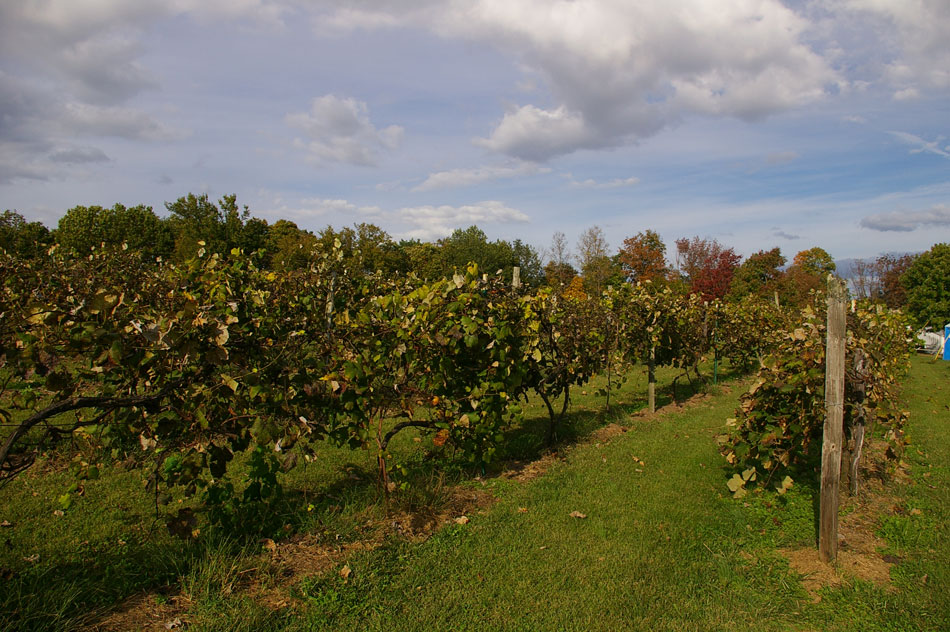
Missouri's Hermann Wine Trail is a historic wine destination that offers a glimpse into the state's rich viticultural heritage. Established in the 19th century by German immigrants, the region is renowned for its Norton grape, a native varietal that produces robust and full-bodied red wines. The trail is home to seven family-owned wineries, each with a long-standing tradition of winemaking. As you journey through the Hermann Wine Trail, you'll encounter a blend of history and innovation, with winemakers preserving traditional methods while embracing new technologies. The region's wines, from crisp Chardonnays to aromatic Traminettes, reflect the unique character of Missouri's diverse terroir and its storied past.
8. The Alpine Influence of Colorado's Grand Valley

Colorado's Grand Valley, nestled against the backdrop of the Rocky Mountains, offers a wine experience defined by its alpine influence. The region's high elevation, abundant sunshine, and cool nights create ideal conditions for growing a variety of grape varietals, including Merlot, Syrah, and Viognier. The valley's winemakers are known for their commitment to quality and sustainability, often employing organic and biodynamic practices to enhance the expression of their wines. As you explore the Grand Valley, you'll be captivated by its breathtaking scenery and the exceptional wines that reflect the unique interplay of altitude and climate. The region's innovative spirit and dedication to excellence make it a standout destination for wine lovers seeking something extraordinary.
9. The Rich Heritage of New Mexico's Mesilla Valley
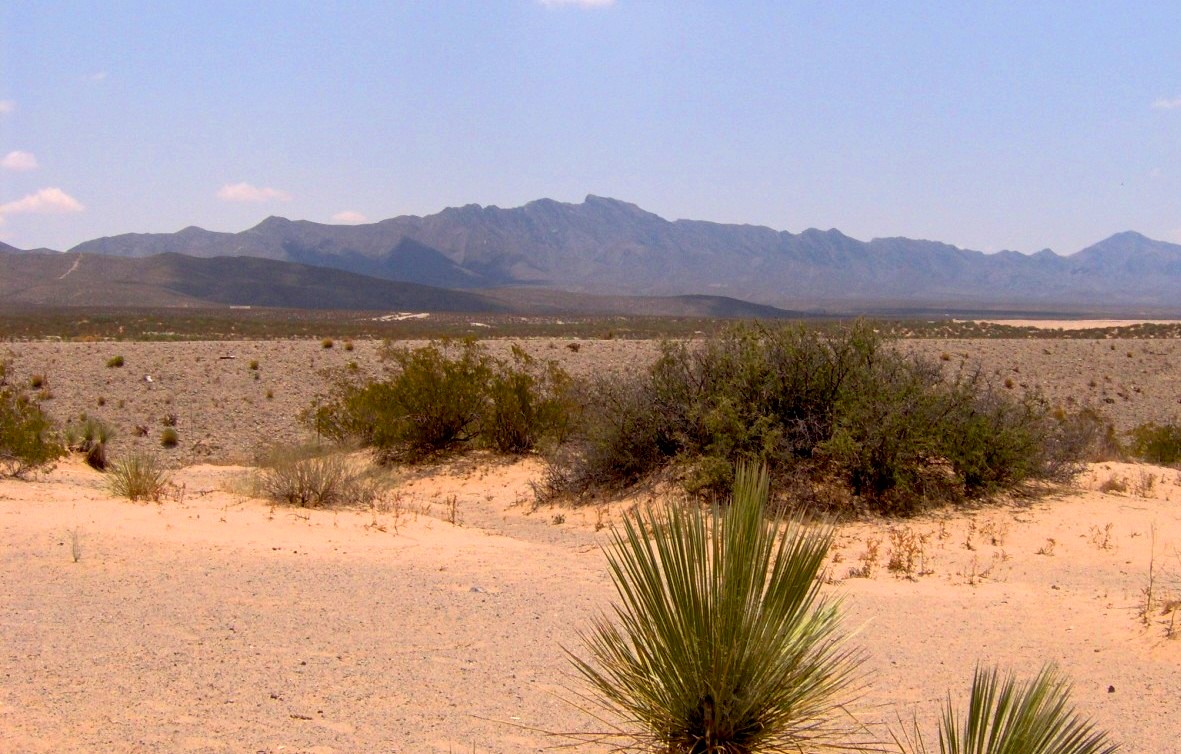
New Mexico's Mesilla Valley is a wine region steeped in history and tradition. As one of the oldest wine-producing areas in the United States, the valley's winemaking roots date back to the 17th century. The region's arid climate and sandy soils provide a unique terroir that supports a range of grape varietals, including Zinfandel, Syrah, and Tempranillo. The winemakers of Mesilla Valley are dedicated to preserving the region's rich heritage while embracing modern techniques to enhance the quality of their wines. As you explore this historic region, you'll discover a vibrant wine culture that honors the past while looking to the future, offering a taste of New Mexico's enduring legacy.
10. The Unexpected Elegance of Pennsylvania's Lehigh Valley

The Lehigh Valley in Pennsylvania is an unexpected wine destination that offers elegance and diversity. The region's rolling hills and limestone-rich soils create an ideal environment for growing a variety of grape varietals, including Chambourcin, Cabernet Franc, and Riesling. The valley's winemakers are known for their meticulous attention to detail, often employing traditional methods to craft wines of exceptional quality and character. As you explore the Lehigh Valley, you'll be charmed by its picturesque vineyards, welcoming tasting rooms, and the elegant wines that reflect the unique terroir of this hidden gem. The region's commitment to excellence and innovation makes it a must-visit destination for wine enthusiasts seeking something truly special.
11. The Artisanal Wines of North Carolina's Yadkin Valley
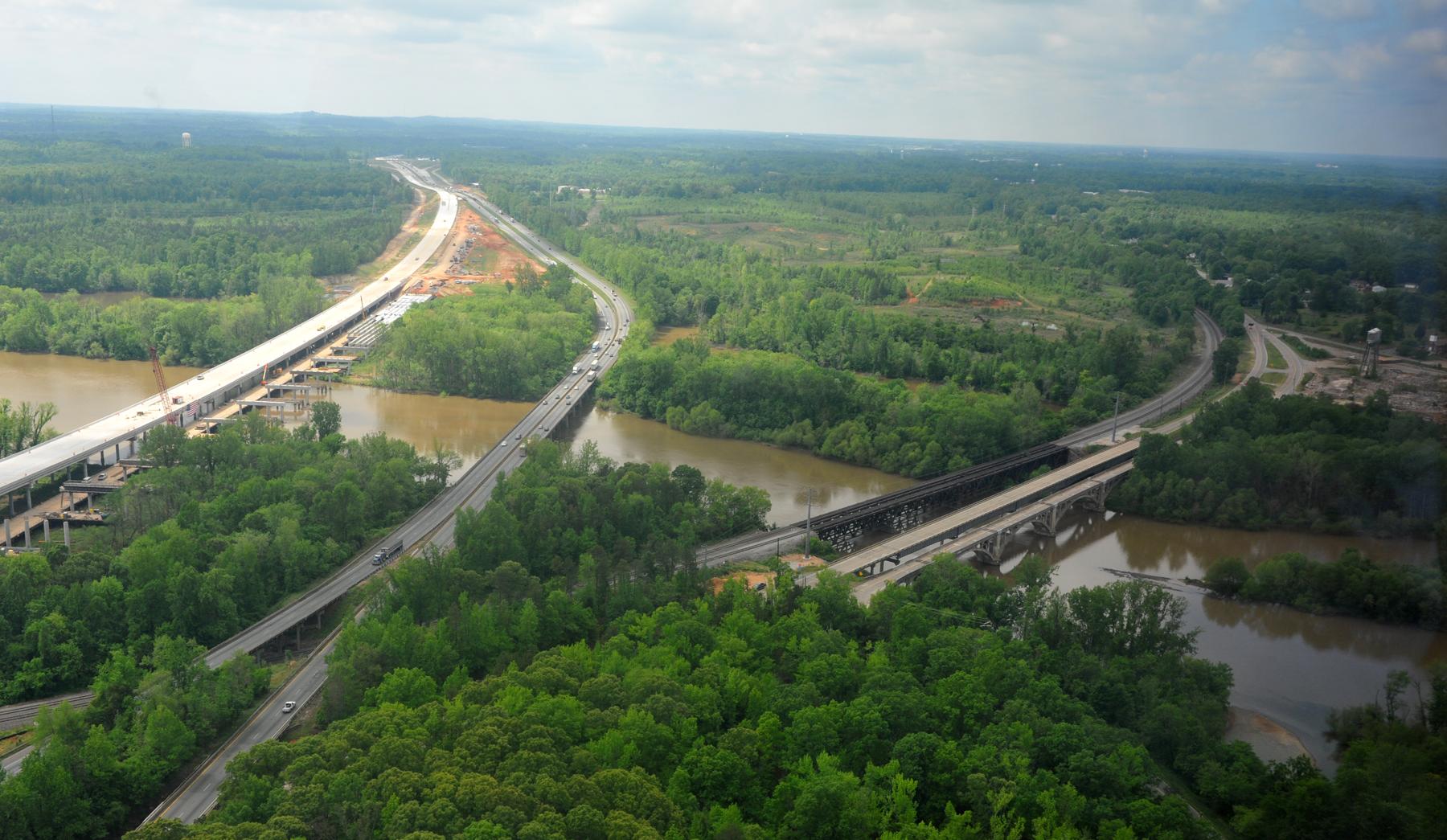
North Carolina's Yadkin Valley is a wine region that offers artisanal wines crafted with passion and precision. The valley's diverse climate and soil types allow for a wide range of grape varietals, including Chardonnay, Merlot, and Viognier. The region's winemakers are dedicated to producing wines that reflect the unique character of the land, often employing sustainable practices to enhance the quality of their offerings. As you explore the Yadkin Valley, you'll encounter a community of artisans who are committed to crafting wines that tell a story of place and tradition. The region's vibrant wine culture and exceptional vintages make it a destination that promises both discovery and delight.
A World of Wine Awaits
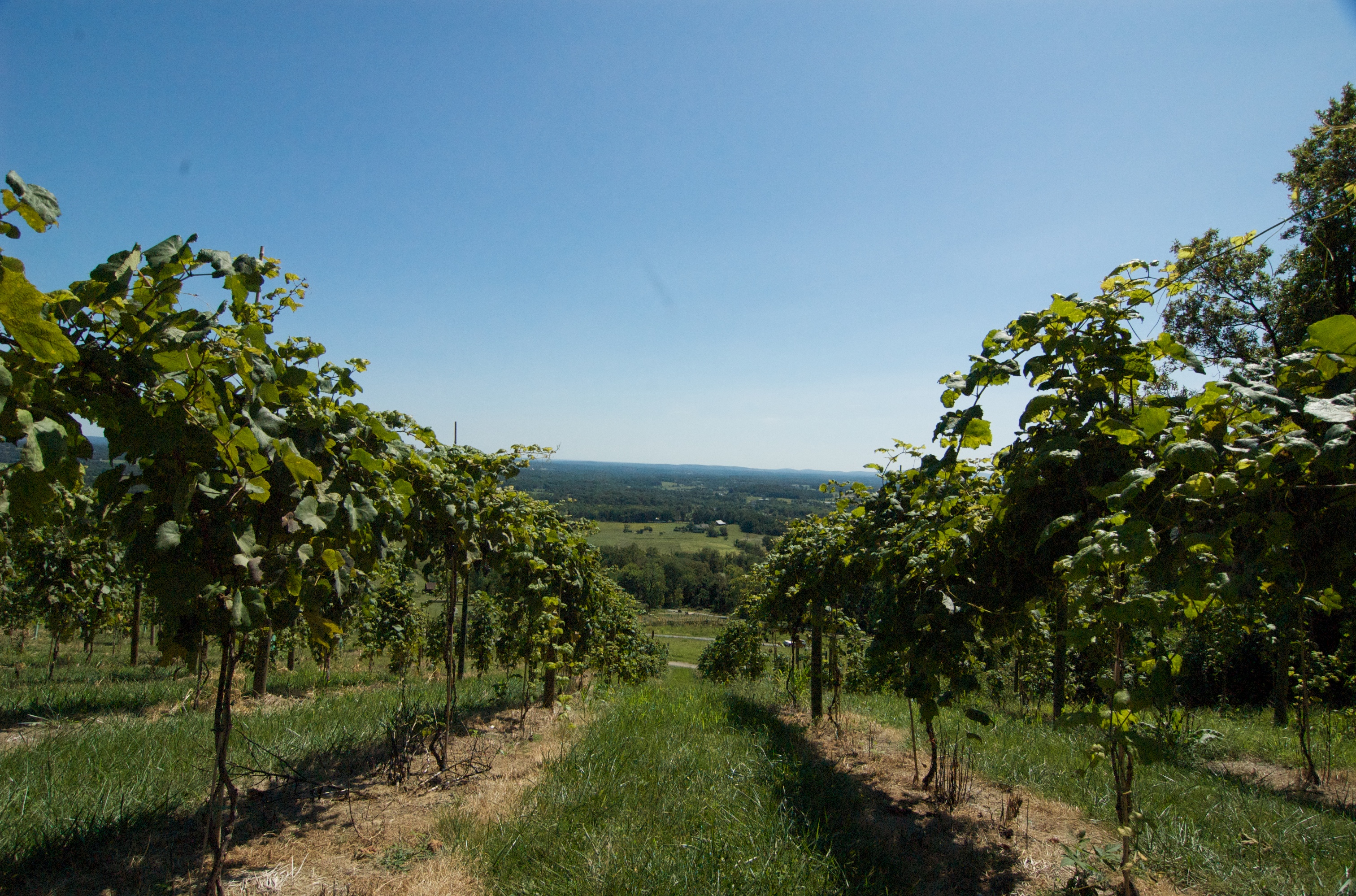
As we conclude our journey through these 11 hidden wine destinations, it's clear that the world of wine extends far beyond the borders of Napa Valley. Each region offers its own unique blend of terroir, tradition, and innovation, crafting exceptional vintages that captivate the senses and tell a story of place and time. Whether you're drawn to the cool climates of Oregon's Willamette Valley or the bold flavors of Arizona's Verde Valley, these hidden gems invite you to sip beyond the familiar and explore the extraordinary. As you embark on your own wine adventures, may you discover the passion and creativity that define these remarkable regions, and may each sip transport you to a world of endless possibilities.


